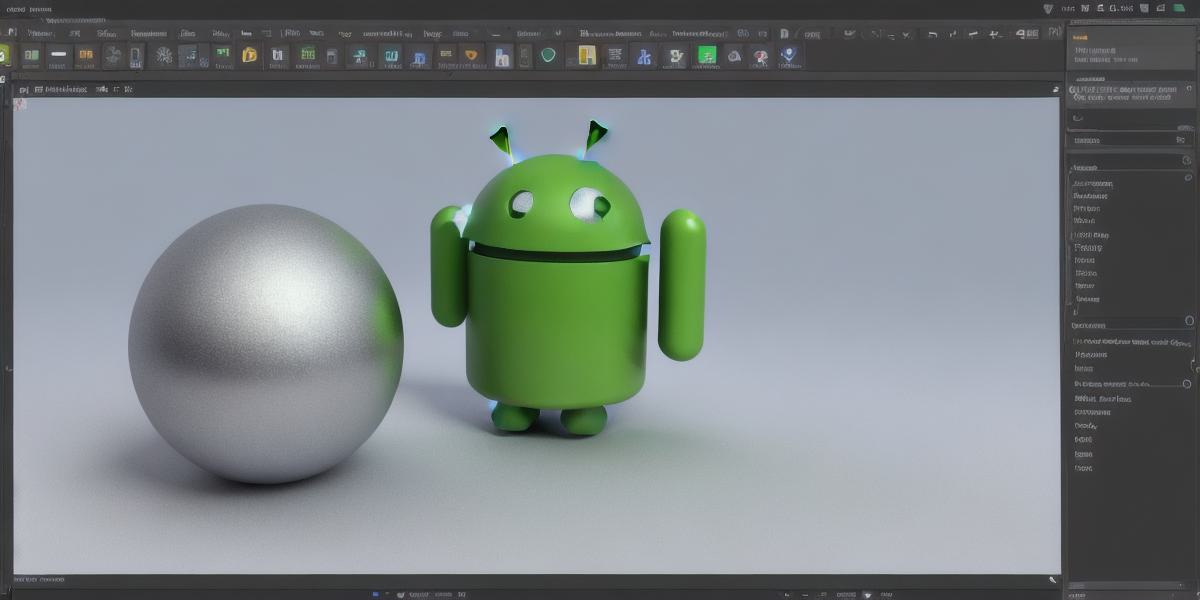Are you a budding Android developer looking to break into the world of 3D graphics and game development? Look no further than this comprehensive guide! In this article, we’ll explore everything you need to know to get started with Android 3D development.
First and foremost, it’s important to understand the basics of 3D graphics and development. 3D graphics involve creating three-dimensional objects and scenes using specialized software and programming languages. In the case of Android development, we’ll be using the OpenGL ES API to create 3D graphics for our applications.
OpenGL ES is a cross-platform API that allows developers to create high-performance, real-time 3D graphics on a variety of devices, including Android smartphones and tablets. To get started with Android 3D development using OpenGL ES, you’ll need to have some experience with programming languages like C++ or Java. However, there are plenty of resources available online to help you learn the basics if you’re new to programming.
Next, you’ll need to choose a 3D graphics software to use for your Android development projects. There are many options out there, but some popular choices include Blender, Maya, and 3ds Max. Each of these programs has its own strengths and weaknesses, so it’s important to do your research and choose the one that best fits your needs and skill level.
Once you have your software set up, it’s time to start creating your first 3D graphics for Android. This can be as simple as creating a simple 3D object or as complex as building an entire 3D game. To get started, you may want to try some basic tutorials or exercises that teach you the basics of using your chosen software and programming language.

One great way to learn by doing is by participating in online forums and communities dedicated to Android 3D development. These communities are full of experienced developers who can offer advice, share tips, and help you troubleshoot any issues you may encounter along the way.
As you continue to work on your Android 3D development projects, it’s important to keep in mind the performance requirements of your application. 3D graphics can be computationally intensive, so it’s crucial to optimize your code and reduce the number of draw calls as much as possible to ensure smooth performance on all devices.
In conclusion, getting started with Android 3D development can seem daunting at first, but with the right tools, resources, and mindset, anyone can create high-quality, engaging 3D graphics for their Android applications. Whether you’re a seasoned programmer or just starting out, there are plenty of guides and tutorials available online to help you get started on your journey to becoming an expert in Android 3D development.
